
Why Dubliners celebrate Bloomsday, a uniquely Irish holiday
This year marks the centenary of James Joyce’s masterpiece, Ulysses. Dublin celebrates on June 16, the day the epic was set.
Landing at Dublin Airport, my cell phone springs into life, and I’m greeted with a slurry of Ulysses-themed emails. One in particular catches my eye. It’s from the President of Ireland.
“Ulysses was a brave new departure whose influence continues to be reflected in many of the great writings of the 21st century,” President Michael D. Higgins said. “Reading it now it appears to be both a celebration of what is the arrival of modernism, and in a curious way, an anticipation of its flaws and insufficiency. It is above all Irish in essence and reference.”
This certainly gave me something to chew on in the taxi to my hotel. I was in Dublin for the centenary of the novel’s publication (February 2, 1922) and already I’d made contact with an illustrious fan. Vladimir Nabokov considered the book “a divine work of art.” Nowadays, everyone from Salman Rushdie to Kate Bush sings its praises. So what’s the secret of its perennial appeal? I had four days to find out.
For those who haven’t read Ulysses—and for those who simply claim to have done—it tells the story of Leopold Bloom, and his adventures on a single day in Dublin (June 16, 1904). This year, Bloomsday offers a packed program of events, including Bloomsday Film Festival at The James Joyce Centre (opening to the public on June 7th, 2022) and The Irish Film Institute; and three Bloom-themed exhibitions at The Museum of Literature Ireland.
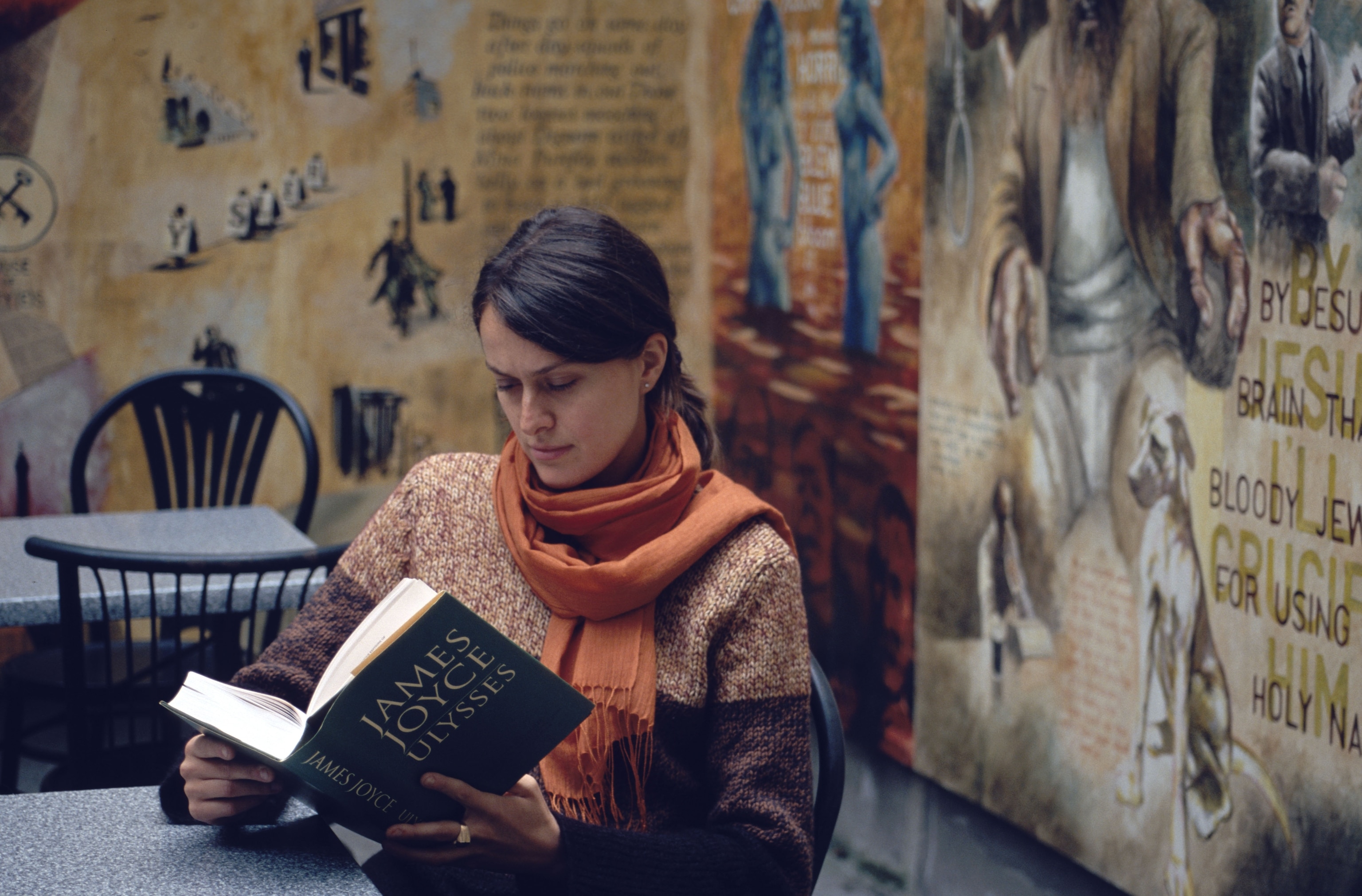
As a teenager, I tried—and failed—to read Joyce’s modernist masterpiece. Only in my thirties did I stumble through its entire 644 pages. Now, in my dim-witted forties, I was still struggling with “the ineluctable modality of the audible,” and was less than confident about “contransmagnificandjewbangtantiality.” I needed help.
(What’s the secret behind Dublin's storytelling magic?)
So I’d enlisted three Ulysses obsessives to lead me through the Joycean labyrinth. The first was Senator David Norris, a longstanding politician, and one-time literature professor at Trinity College Dublin. The second: Anne Enright, a Booker Prize-winning novelist, and professor of creative writing at University College Dublin. The third: Simon O’Connor, the director of the Museum of Literature Ireland (or MoLi, as it’s better known).
The Drunken Cyclops
Approaching MoLi—the name itself a nod to Bloom’s wife, Molly—I felt a pang of Joyceaphobia. Should a British journalist like myself really be covering so Irish a novel? Had this “ponderous Saxon” bitten off more than he could chew? My worries seemed to evaporate as Simon O’Connor welcomed me in with a grin, and whisked me off on a tour of the museum, where the very first copy of Ulysses was on prominent display.
“Ulysses has a reputation that’s self-propelling,” he told me, the first edition glimmering like a relic under glass. “As long as it’s known as this massively difficult novel that you must read once in your lifetime, people will always be intrigued. Folks often apologize to me for never having read it. A book that carries guilt for over a century: that’s quite an achievement!”
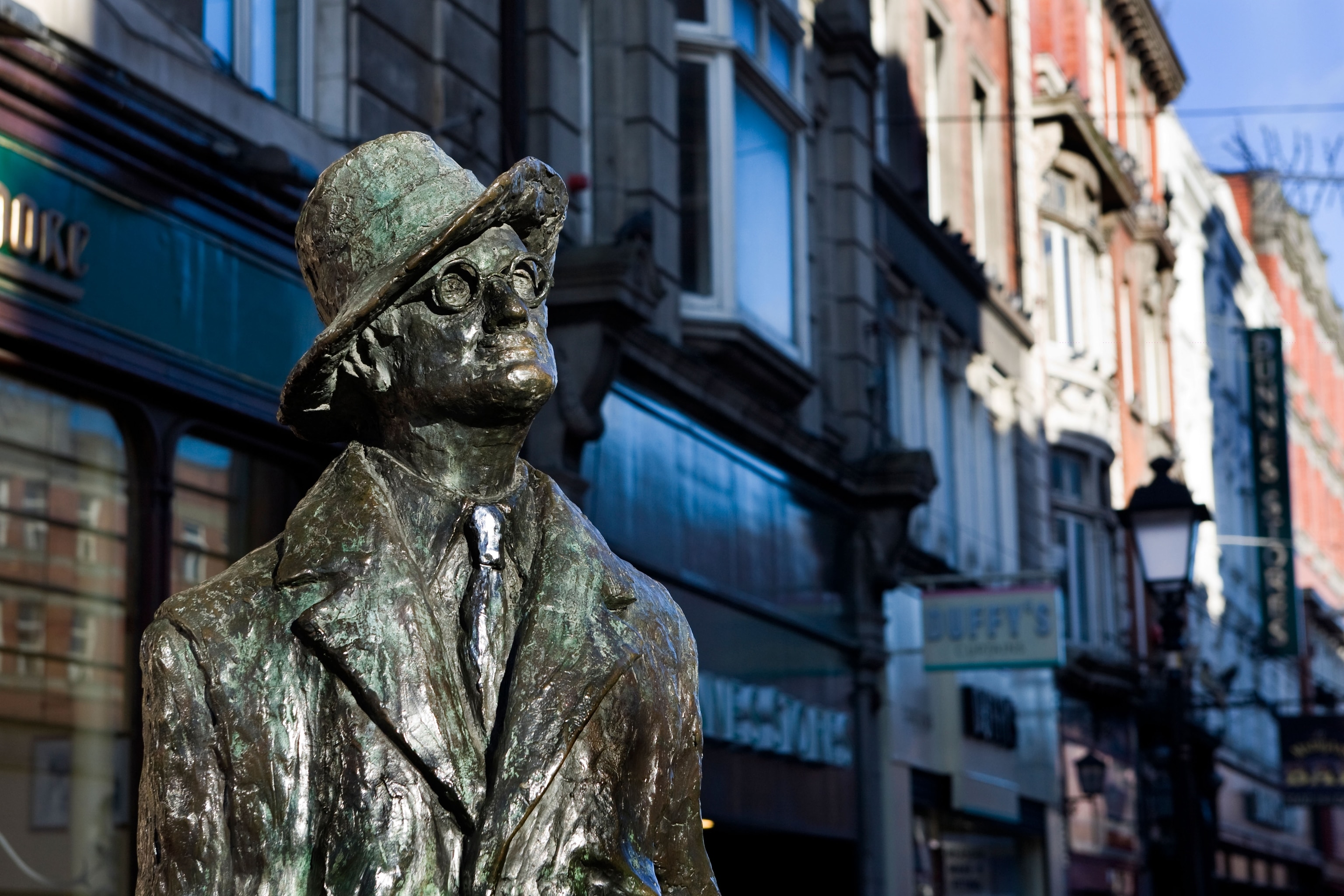
“Perhaps the closest modern analogue is David Simon’s The Wire,” he continued. “He tries to create this vast picture of Baltimore as a living organism with lots of linking components. And that’s really what Joyce was trying to do with Dublin.”
(These are some of our travel editors’ favorite books.)
We glided past a cabinet of Ulysses typescripts, with copious edits in Joyce’s looping scrawl. Nearby, his death mask seemed for a moment to smile. “People forget how funny the book is,” O’Connor said. “The ‘Cyclops’ episode is my favorite. It’s set in a raucous Dublin bar, and it’s messy and hilarious. Particularly good if you read it in a pub. You should try it.” I was tempted. But I had an interview to conduct in an hour. Probably best if I didn’t get “as drunk as a boiled owl,” as Joyce so eloquently put it in “Cyclops.”
Professors and censors
I met Anne Enright at The Stag’s Head: a Victorian pub where Joyce reputedly drank. “People see Ulysses as a test or a mark of their ability,” she told me, sitting in a corner room with a stained-glass ceiling. “But as I’m slightly anti-hierarchical in my mindset, I say just splash around in it, enjoy it. Joyce was throwing out a lot of problems with no solutions, a lot of jokes with no punchlines. He set a whole academic industry rolling on that—still looking for what he might have meant. It’s amazing, really.”
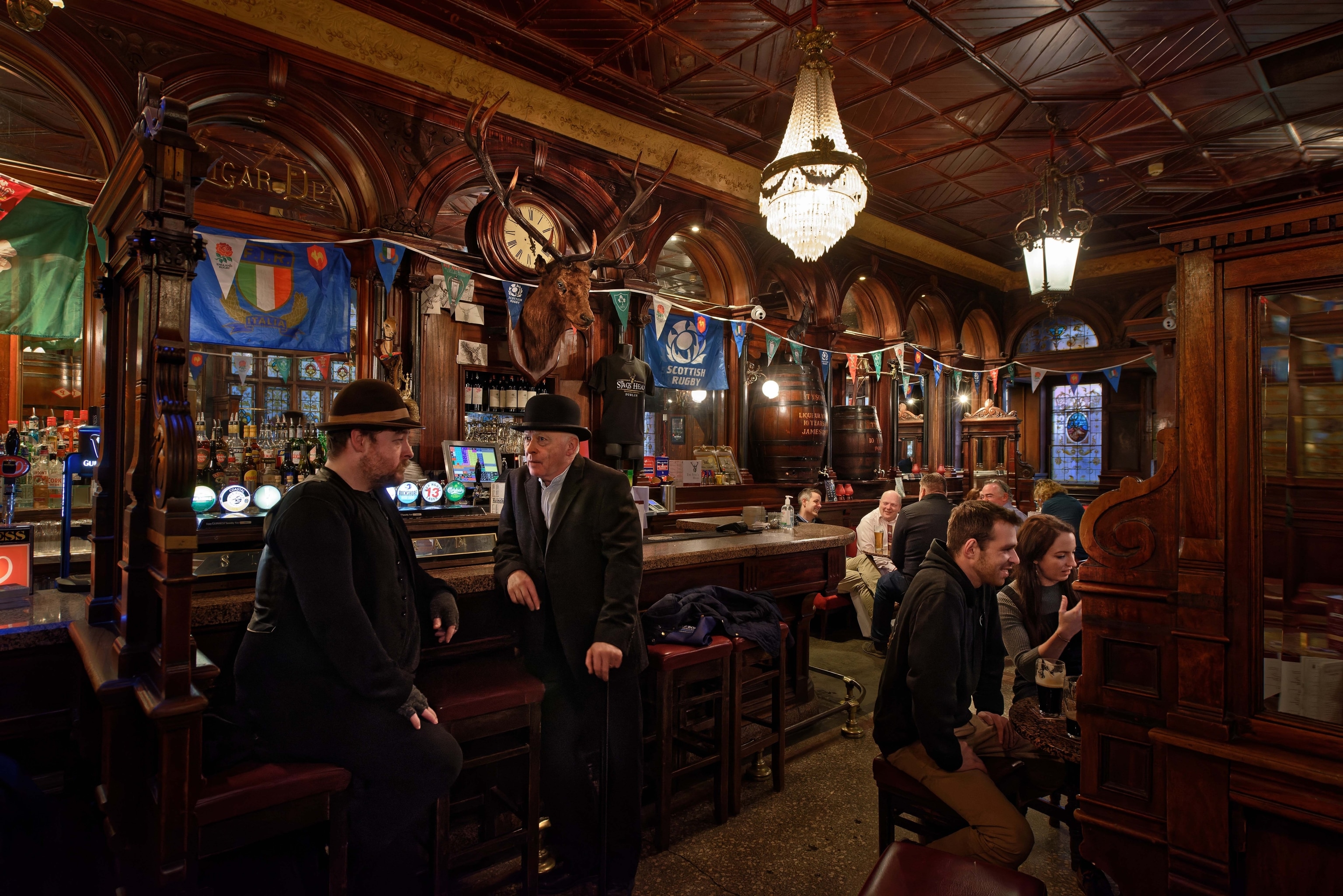
Enright was right, of course. Joyce said of Ulysses: “I’ve put in so many enigmas and puzzles that it will keep the professors busy for centuries arguing over what I meant.” A hundred years on, the book is still polemic—and arguably pornographic. It was banned in the United States during the 1920s, and continues to receive mixed reviews in Ireland. “It was a very dirty book, and it remains a very dirty book,” Anne said, smiling. “Joyce wasn’t afraid of the fetishistic. You might even say he was drawn to it.”
The final chapter of Ulysses—“Penelope”—came under intense scrutiny during the 1933 obscenity trial in New York. In retrospect, Molly Bloom’s graphic inner monologue (known as “Molly’s soliloquy”) was blazing a trail. As Anne explained to me: “It was historically and socially ground-breaking that you’d have a woman in a novel thinking about sex at all.”
Blooms and rhododendrons
The next morning, I crossed O’Connell Bridge (as Bloom did in “Lestrygonians”) and made my way to The James Joyce Centre. Senator David Norris—one of the museum’s founding members—greeted me at the front door, and ushered me into a pale green drawing room. “I discovered Ulysses when I was quite young,” he told me. “I had a very glamorous uncle who wore rings and aftershave—practically a criminal offense in the 1950s. I took his book—and two of his cigars—and retreated up a tree in the garden.”

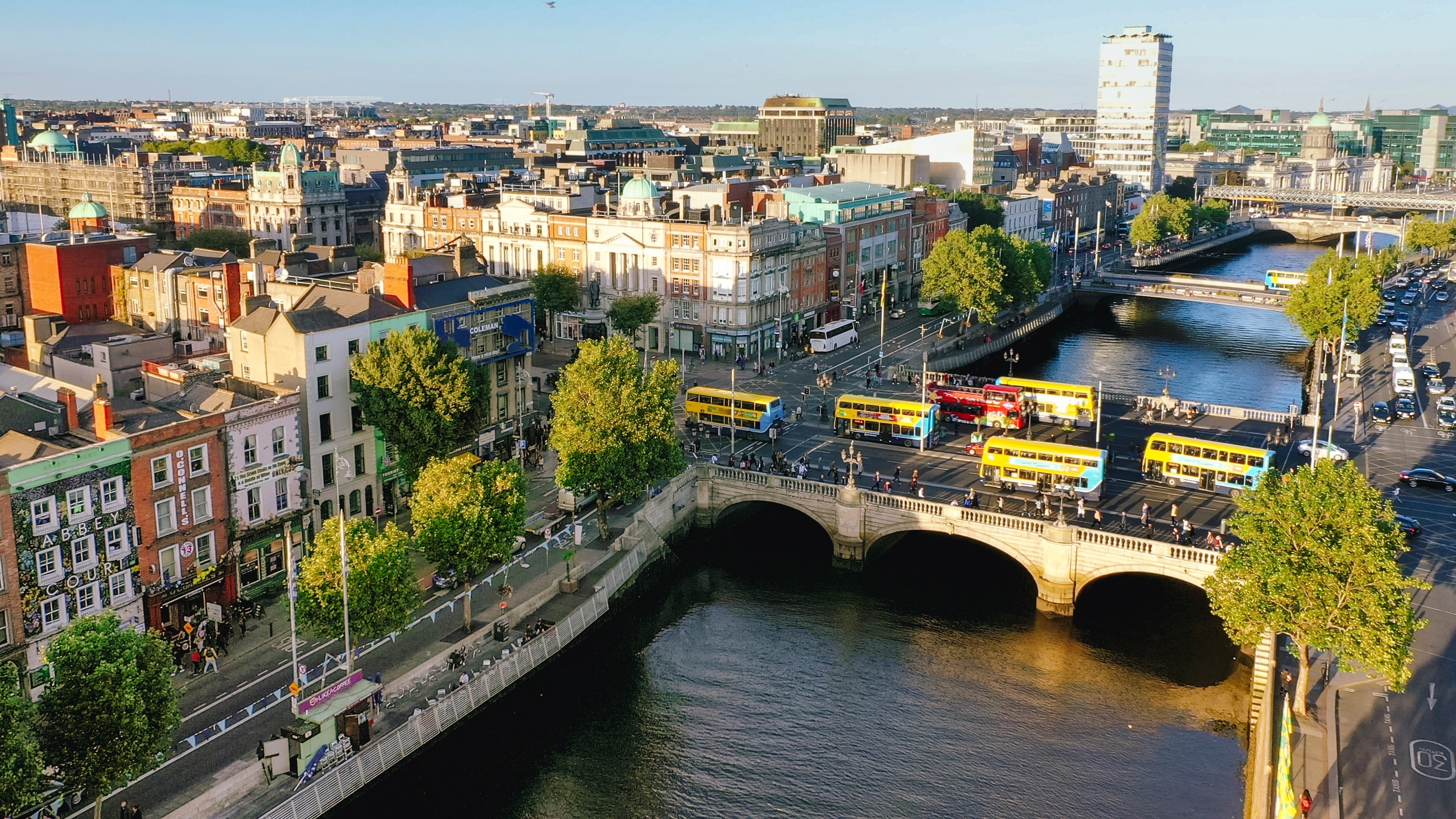
Feeling flummoxed by the novel’s Homeric parallels, I asked Norris how strong an influence the Odyssey had had on Ulysses. “Joyce never read the Odyssey,” he told me, very matter-of-factly. “He only read Lamb’s Adventures of Ulysses—an abridged version of the poem. What he wanted was the outline, the skeleton, and he hung his story on that—like a clothes wrack to hang his knickers on.”
“Bloom isn’t a Homeric hero,” Norris continued. “Or a hero in the way we usually think of heroes. When he’s insulted, he doesn’t find the nearest telephone box and appear like Superman, clocking the fellow on the nose. If you want to understand him, just take a stroll through Dublin. Or go to the seaside at Howth where he asks Molly to marry him in “Penelope.” I’m not sure if the rhododendrons are out yet, but Molly mentions them.”

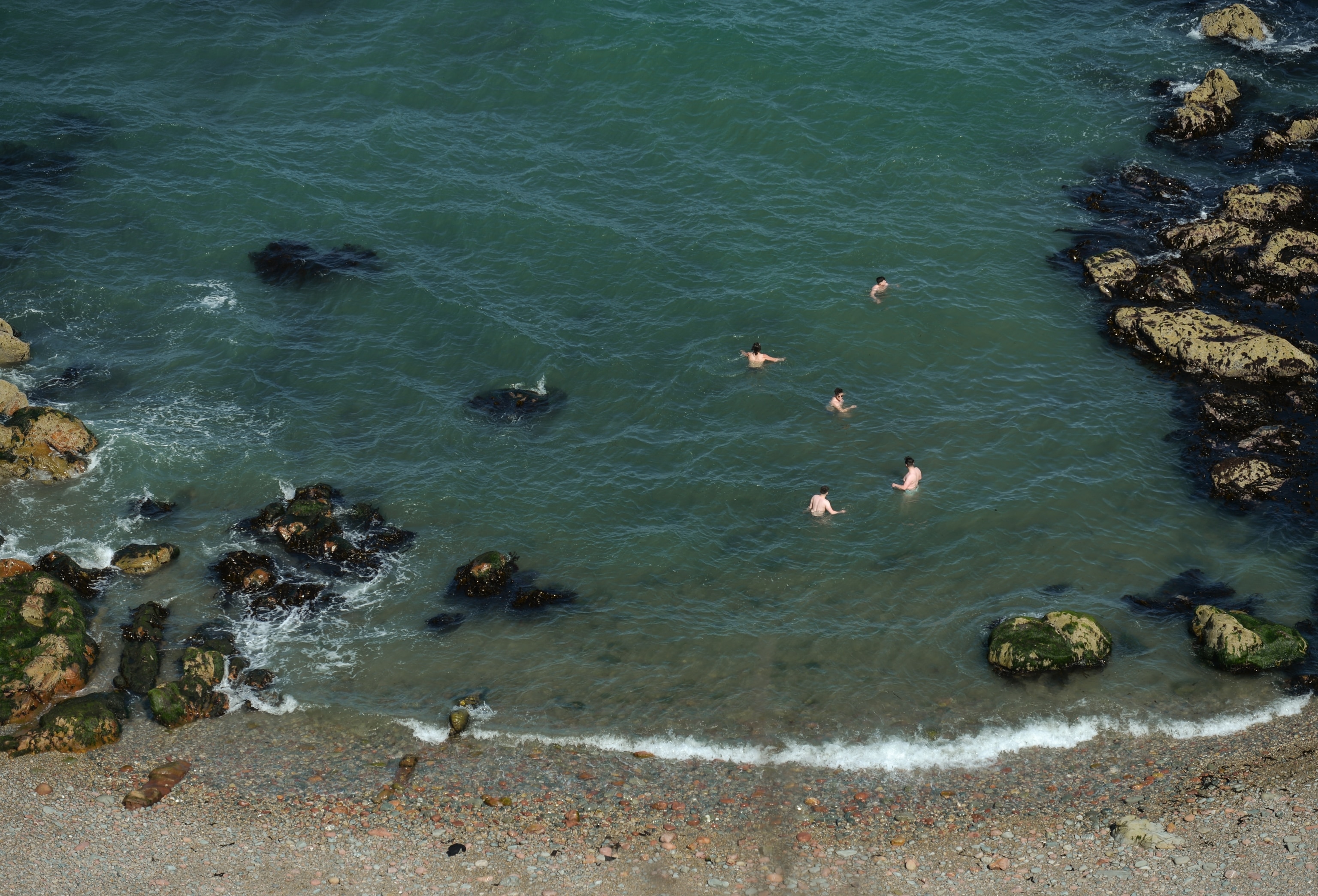
Later that afternoon, I followed Norris’s advice. Walking from Bloom’s house on Eccles Street to Connolly Station, I took the train to Howth: the scene of his marriage proposal to Molly. Kate Bush’s Flower of the Mountain was playing in my head as I traced a path through blossoming rhododendrons. The lyrics to the song—taken verbatim from Molly’s soliloquy— revealed Joyce as a poet, a pioneer, and above all, a hopeless romantic: “I put my arms around him yes and drew him down to me so he could feel my breasts all perfume yes and his heart was going like mad and yes I said yes I will Yes.”
On the train back to Dublin, it seemed to me that President Higgins had hit the nail on the head. Ulysses was a “brave new departure” in 1922, and remains a shockingly original and influential book in 2022. One hundred years from now, readers will still be plumbing its inky depths.
How to enjoy Bloomsday—Wherever you are
If Ireland is too far to travel, never fear: there are plenty of stateside options. In New York, Bloomsday On Broadway returns with a special Ulysses centenary celebration. In Los Angeles, the Hammer Museum’s Bloomsday evening event includes Ulysses readings, live music, and Guinness on tap at the outside bar. And in Washington D.C., the Harvard Club’s Bloomsday dinner at Busboys and Poets features an introduction by Irish Ambassador, Daniel Mulhall. His book Ulysses: A Reader’s Odyssey was published earlier this year.
If you’d rather celebrate Bloomsday from the comfort of your own living room, you could always try “He liked thick word soup”—a Ulysses phone app that allows you to manipulate Joyce’s text with your fingertips. And VR fans should stay tuned: Boston College is busy developing “Joycestick”—a virtual reality video game based on the book.






